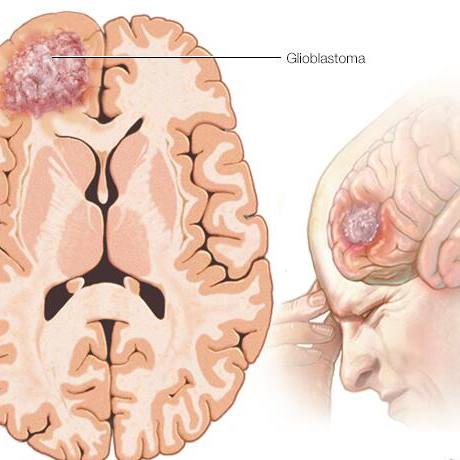
DEAR MAYO CLINIC: I know HPV can cause cervical cancer, but recently I’ve heard it also can lead to throat cancer. How common is throat cancer caused by HPV? How effective is treatment for it?
ANSWER: HPV can cause a form of cancer in the back of the throat. Currently, the number of cases of this type of throat cancer is growing rapidly. Because it usually doesn’t cause symptoms right away, the cancer typically isn’t detected until it has spread to nearby lymph nodes. When it’s found at that point, it often can be cured. And, fortunately, this cancer can be prevented with the HPV vaccine.
HPV is the most common sexually transmitted infection in the U.S. Although most cases of HPV don’t cause symptoms or lead to problems, certain strains of HPV can cause cancer. Two strains of HPV cause 70% of all cervical cancer. HPV infections also can lead to other genital and anal cancers in females, as well as penile and anal cancer in males. In addition, HPV can cause throat cancer.
The increasing incidence of throat cancer related to HPV is turning it into one of the fastest growing types of cancer being diagnosed today. The reason for the increase is unclear, but both men and women are at risk. This cancer tends to appear most often in two age groups: first in people in their 30s and 40s, and then again in people in their 60s and 70s.
Early symptoms of HPV throat cancer are uncommon. Most people don’t get an evaluation until the disease has spread to lymph nodes, and they find a lump just below the jawline in the upper neck. Occasionally, people may have the sensation of something stuck in their throat or a lump in their throat that doesn’t go away, and that triggers an evaluation and leads to diagnosis.
As awareness of HPV-related throat cancer rises, it’s becoming more common for it to be detected during a dental visit. Many dentists now look and feel for tumors when they do their exams. Because these tumors tend to be under the surface of the skin, they can’t be seen easily. But if a dentist feels the back of the tongue and the floor of the mouth, the tumors usually can be detected because they have a distinctive acorn-like feel to them.
Throat cancer caused by HPV is highly treatable, even when it’s spread to nearby lymph nodes. Typically, the first step in treatment is removing the tumor and any affected lymph nodes. That often can be accomplished with a minimally invasive procedure called transoral robotic surgery that’s performed through the mouth.
If a patient has other factors that complicate the diagnosis, such as a tumor that has spread along nerves or outside the capsule of the lymph nodes, focused radiation therapy may be recommended. In some cases, a less-toxic form of chemotherapy can be used to destroy cancer cells left behind after surgery. Using a carefully targeted approach can help eliminate the cancer while minimizing the long-term side effects that can accompany treatment of head and neck cancers, such as difficulty with swallowing, eating and speaking; dry mouth; and neck stiffness and pain.
After treatment, the outlook for people with HPV-related throat cancer is excellent. More than 95% of these tumors are cured with early detection and treatment.
It’s important to recognize, too, that this cancer can be prevented with the HPV vaccine. The HPV vaccine has proven to be a safe and effective way to prevent HPV infection. That, in turn, protects against cancers caused by HPV, including HPV-related throat cancer. The vaccine has been shown to be most effective when it’s given to children between the ages of 9 and 14, but adults also can get the vaccine for some protection from HPV infection. The Food and Drug Administration recently approved the use of the HPV vaccine for males and females through age 45. — Dr. Eric Moore, Otorhinolaryngology — Head and Neck Surgery, Mayo Clinic, Rochester, Minnesota
****************************
Related Articles
- Mayo Clinic Minute: Why your preteen needs the HPV vaccine published 8/19/19
- Living With Cancer: HPV and cancer in men published 7/19/19
- Why you need to get the HPV vaccine now: Mayo Clinic Radio Health Minute published 7/2/19
- Rise of HPV-related throat and mouth cancer: Mayo Clinic Radio Health Minute published 3/27/19
- Living With Cancer: How does HPV cause cervical cancer? published 2/22/19
- Mayo Clinic Minute: Why you need to get the HPV vaccine now published 2/7/19
- Living With Cancer: Throat cancer — risk factors and prevention published 8/31/18
- Mayo Clinic Minute: The rise of HPV-related throat cancer published 7/18/18
- Living With Cancer: Understanding throat cancer published 12/22/17
- Halving radiation therapy for HPV-related throat cancer offers fewer side effects and similar outcomes, Mayo study finds published 9/25/17
- Mayo Clinic Q and A: Throat cancer symptoms published 6/20/17







